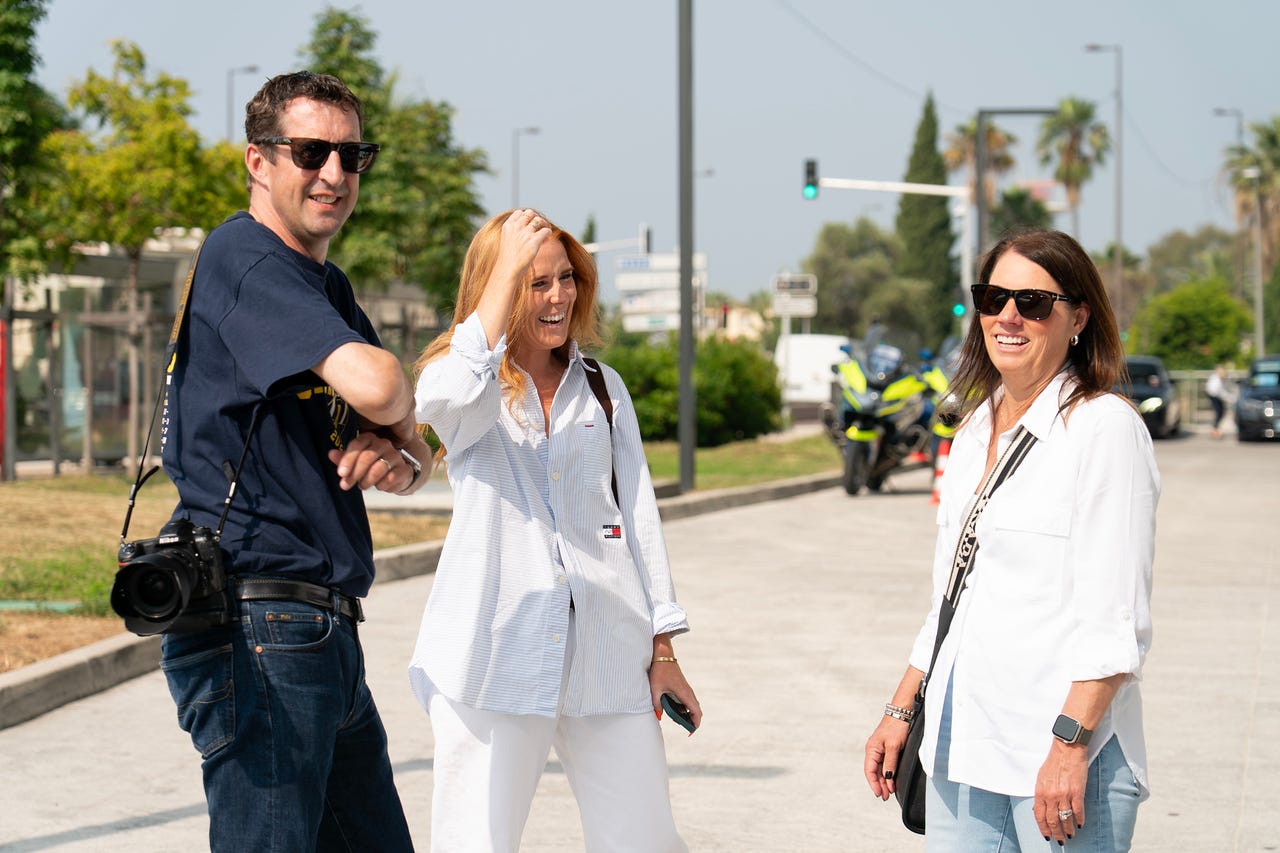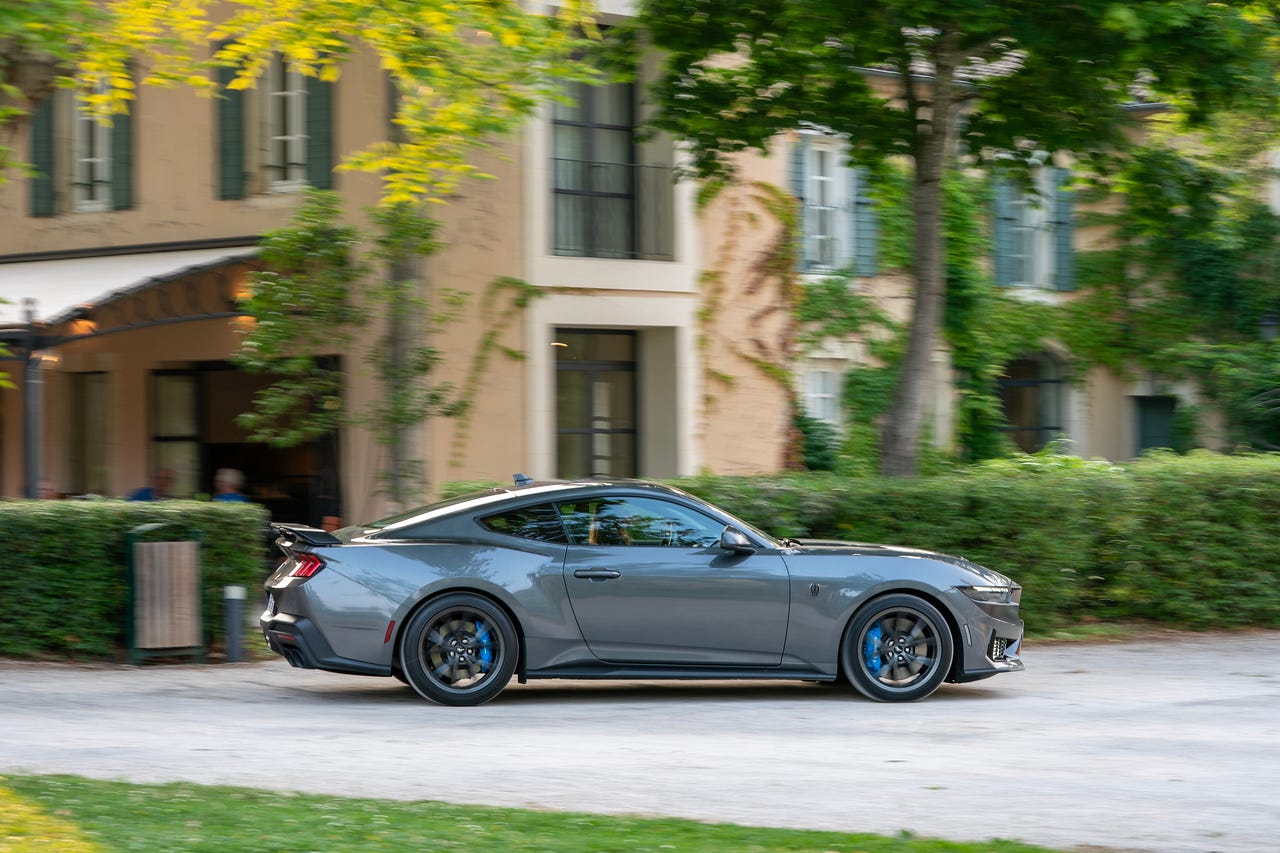Why car press trips still shift perception
And what one week with Ford Performance driving from Nice to Le Mans taught me
Thank you for being here. You are receiving this email because you subscribed to Idée Fixe, the newsletter for curious minds. I’m Toni Cowan-Brown, a tech and F1 commentator. I’ve spent the past five years on the floor of way too many F1, FE, and WEC team garages, learning about the business, politics, and tech of motorsports. I hope you’ll stick around.
⏳ Reading time: 6mins
In this space, some chase down-grid stories at 7am and others say yes to a press trip in the south of France. I usually belong to the former. But a few weeks ago, I joined the latter. Ford flew a handful of writers and journalists (yours truly included) to Nice, paired us with Dark Horses, and gave us 700 miles to chase the Route Napoléon north.
I went in sceptical as I don’t normally cover cars and mostly stick to what I know - Formula 1 - but I’m eternally curious, I had a lot of questions and this trip sounded like a lot of fun, so I said yes.
Here are some of my field notes from a week driving the Ford Mustang Dark Horse, which also happens to be my first OEM press trip, to my first-ever 24h of Le Mans, and a look at the brands still betting big on the ‘old-school’ fly-and-drive.
Why Press Trips Refuse to Die
Digital ads may win budget share, but no spreadsheet can replicate the sensory overload of a naturally aspirated V-8 engine echoing through a small town in the South of France. Car companies like Ford know it, which is why the biggest names still charter planes, map out the most scenic routes, close roads, hire photographers and put keys in journalists’ hands, which is exactly what happened to me a few weeks ago ahead of Le Mans, and I won’t shut up about it.
The investment can run well north of $15,000 per invite once flights, hotels, track rental, and content crews are tallied, yet the payoff is irresistible: dozens of first-drive stories that flood newsfeeds the very day embargoes lift. More interestingly, I was also pleasantly surprised by the emotional and personal storytelling from some of the journalists that would come from such a trip.
This wasn’t just a test drive. It was a fully staged narrative arc, with winding roads, beautiful lunch stops, and a continuous V8 soundtrack leading all the way to Le Mans, where I had the surreal experience of riding shotgun in the Mustang Dark Horse GT ahead of the Mustang Challenge race on Friday. By the time Jim Farley stood on stage alongside his team and announced Ford’s return to the top class of endurance racing in 2027, the story felt complete. The car had done its job, and so had the trip.
One Week, One Mustang, Many Converts - Myself included
So by the time we rolled under the Dunlop bridge at Le Mans, I’d discovered a few things that I probably would have never discovered were it not for this trip:
The French adore Mustangs. Even with punitive CO₂ taxes (turning a $70k car into a $200+k investment), the pony car is a cult object on French roads. Initially, I thought something was wrong with the car because of how many heads were turning and staring at our fleet of 3-4 Dark Horses.
Seat-of-the-pants sells. I’ve now mentioned the Dark Horse to anyone I’ve been in contact with - and who’ll listen - since spending four days driving it. It was brutal looking at what was on offer at the car rental two weeks later, as I started my week-long holiday in the South of France. In other words, often hard to quantify, but the amount of earned media Ford has gotten from me couldn’t have been bought any other way.
An OEM’s motorsport story is so intertwined and linked to the road car trajectory and narrative. For a brand like Ford, motorsport isn’t a separate chapter, it’s the backbone of the entire story. The lessons learned on the track have long shaped the DNA of its road cars, and vice versa. From the GT40's legendary dominance at Le Mans in the 1960s to the return of the Ford GT in 2016, every race win has been leveraged to elevate the showroom experience.
The trip crescendoed when Jim Farley, Ford CEO, used the Le Mans week to confirm Ford’s 2027 Hypercar return in partnership with Oreca, neatly connecting the road car to the brand’s future racing narrative. And indeed, the Mustang Dark Horse is a perfect example: a road car infused with track-ready performance, launched in tandem with a Mustang racing series, and strategically positioned to build buzz ahead of Ford’s 2027 Hypercar return. In Ford’s world, motorsport is more than marketing - instead, as Jim Farley put it, it’s a proving ground, a product lab, and a brand story accelerator all at once.
Inviting media to live the Mustang on French tarmac, then witness Farley’s announcement trackside, welded road and race narratives together in one neatly choreographed arc.
Note: Lots more on this in next week’s newsletter.
Does It Really Work?
In an age where content is abundant and attention is fractured, OEMs know that experience still sells. There’s a reason why car brands fly journalists to the Côte d’Azur, put them in brand-new performance models, and let the scenery and sound do the rest. The goal isn’t just reviews. It’s a belief and a feeling - the kind that can’t be manufactured in a studio.
Ford is far from the only OEM still betting big on this. Porsche, Lamborghini, BMW M, and Mercedes-AMG all continue to orchestrate multi-day press experiences tied to halo models and strategic brand moments. But what Ford did so well on this trip was tie the road car to something bigger: legacy, fan culture, and the future of endurance racing.
My own shift from sceptic (“I cover motorsport, not muscle cars”) to evangelist is exactly the ROI slide every OEM dreams of presenting.
Takeaways for Marketers (and Skeptical Writers)
So... Do Press Trips Work? Short answer: yes. Longer answer: yes, when they’re done right.
This wasn’t a junket. It was an immersive brand narrative, where I went from curious observer to genuine advocate. I've found myself referencing the Dark Horse in conversations and content ever since, not because I was invited and feel like I owe the team something, but because the car surprised me. Because the story stuck.
Ford gave me more than a press trip. They gave me a reason to care.
Experience still trumps spec-sheet. A perfect PowerPoint can’t replicate well-matched tires on an alpine switchback.
Context is king. Tie the road car to a larger brand moment - new powertrain tech, new racing programme, a look back at the history of Ford, a sustainability push - and the story writes itself.
Choose scenery that photographs. OEMs have learned that an Instagram-gen backdrop is priceless post-trip amplification. I’m still shocked at any press trip that doesn’t involve photographers and videographers - such a missed opportunity to capture the moment and create content journalists want to share.
Don’t over-script. Give journalists room to discover off-beat angles (French Mustang fandom) that add authenticity to the coverage.
Press trips are expensive, occasionally controversial, and absolutely still effective. In a world where attention is the rarest commodity, nothing accelerates brand buzz like a few dozen trusted voices swapping Slack threads for steering wheels. As the exhaust crackles fade and the embargoes lift, the stories keep pulling, much like an at-redline Dark Horse charging up a Côte d’Azur hillside.
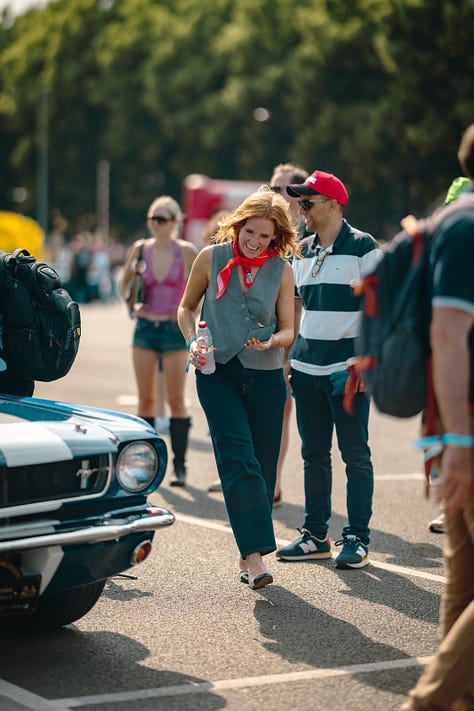
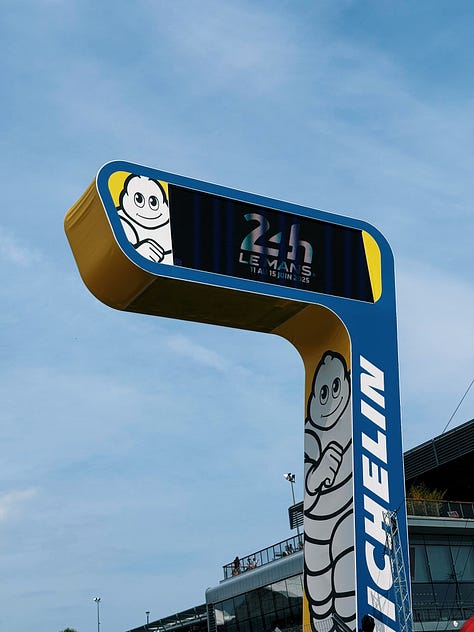
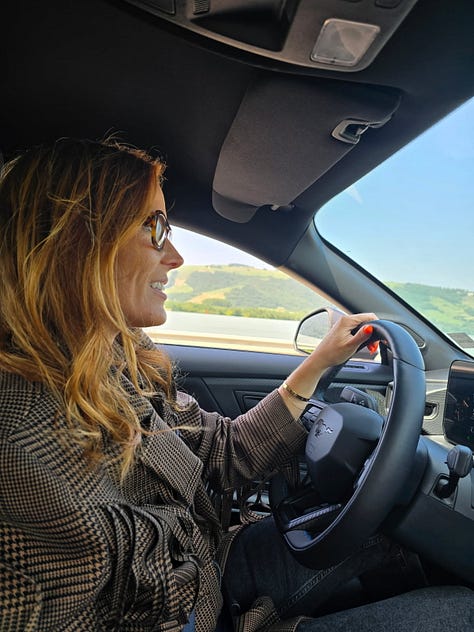
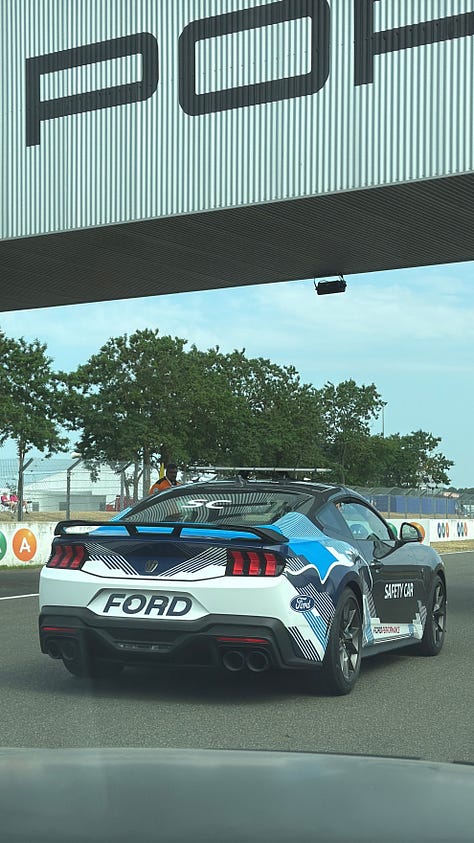
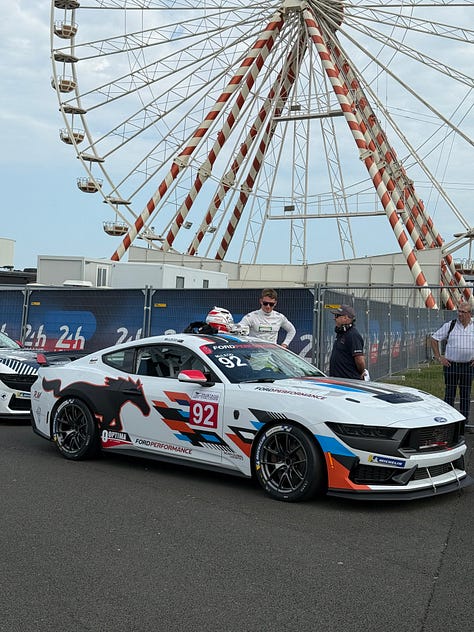
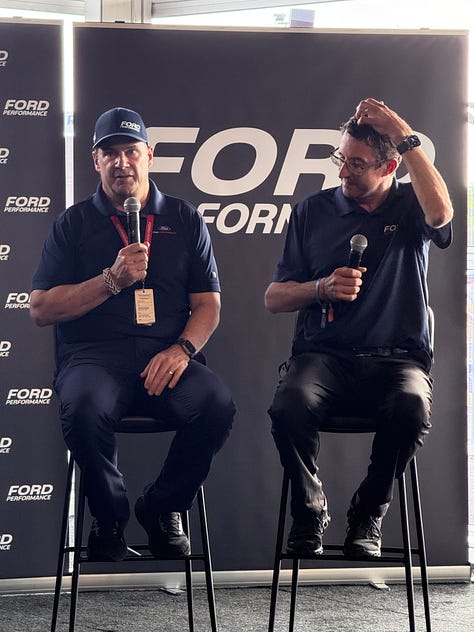
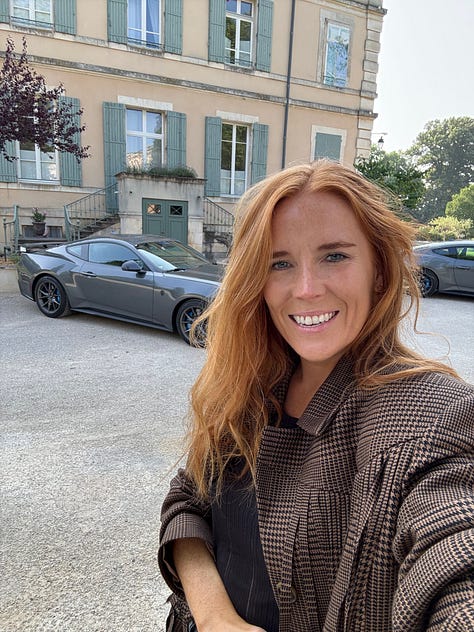
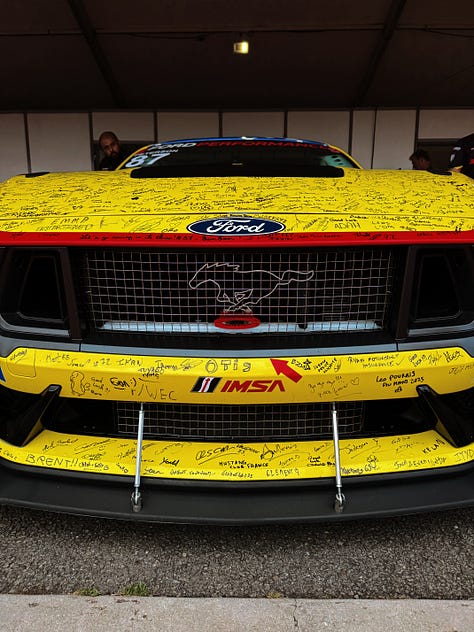
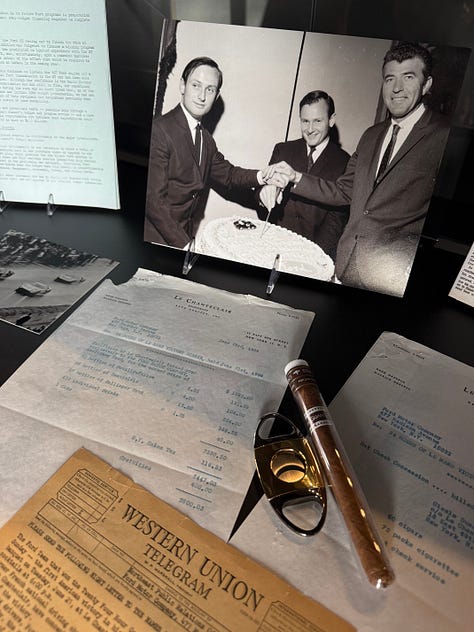
🔗 Are journalists projecting their own opinions onto the public? | Niemanlab
Journalists often think about news judgment or newsworthiness as a gut feeling, an internal gauge that a journalist just has after years of experience. But as researchers have found for decades, journalists’ sense of what’s news and why has a deep sense of the audience’s opinion baked in. When journalists think about what’s news and how it should be covered, they’re thinking on behalf of a public, and to do that they need a sense of what that public thinks. Read here.
🔗 Tennis Is Failing to Address Gambling-Fueled Abuse Seriously | Bloomberg
Wimbledon’s stars will have to endure hundreds, and perhaps thousands, of threatening social media posts and direct messages when the tennis championship unfolds over the next two weeks. Racism, misogyny and straight up mean-spiritedness will comprise much of the abuse. The sport’s governing bodies are calling for gaming operators to take more action against individual gamblers, but that’s not enough. Read here.




